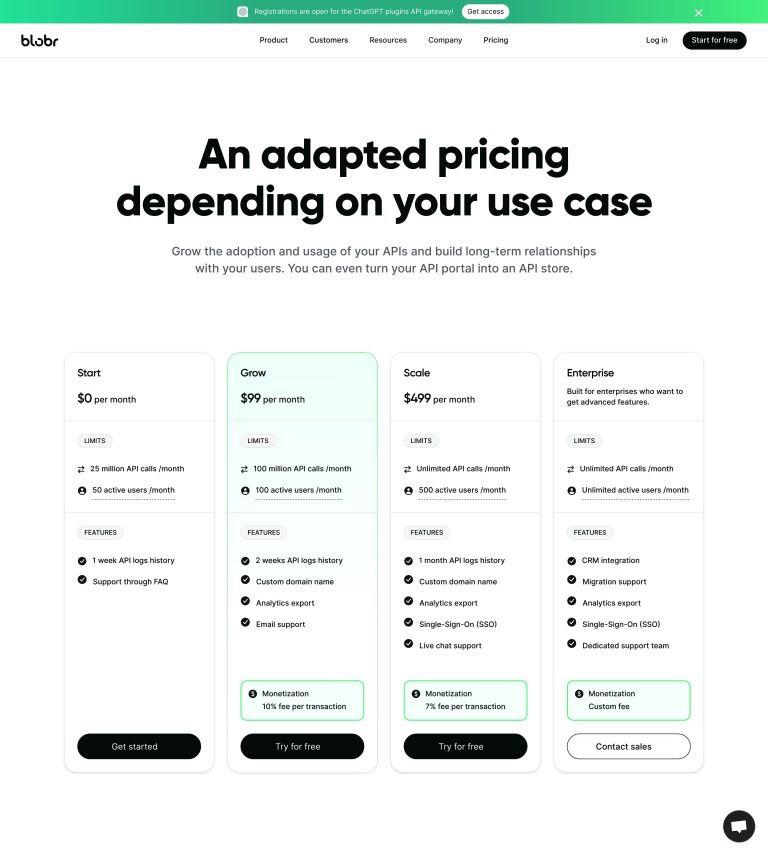
In today’s fast-paced world, it’s easy to feel overwhelmed by the sheer volume of tasks, goals, and responsibilities. But what if you could simplify your life with actionable examples that guide you through daily challenges? The key to success lies not just in knowing what to do, but in understanding how to do it effectively. Whether you’re looking to improve your gardening practices, manage your time better, or write a compelling short story, applying concrete steps and real-life cases can transform your efforts into meaningful results.
This article will explore how to use actionable examples across different areas of life—gardening, productivity, and creative writing—offering practical insights, clear steps, and real-world applications that you can implement immediately.
What Is Actionable Examples and Why It Matters
Actionable examples are specific, step-by-step guides that show readers how to apply a concept in real life. They are not abstract theories or vague suggestions; instead, they provide a roadmap for achieving tangible outcomes. In the context of SEO, actionable examples help users understand how to optimize their content, structure their pages, or improve user engagement. Similarly, in everyday life, actionable examples empower individuals to make informed decisions, solve problems, and achieve personal or professional goals.
The importance of actionable examples cannot be overstated. They bridge the gap between knowledge and action, making complex ideas accessible and practical. For instance, in gardening, knowing that wood ash is beneficial is one thing, but learning how to apply it correctly is another. In productivity, understanding the value of tracking your time is helpful, but knowing exactly how to track it and which tools to use makes all the difference.
How Actionable Examples Impact Daily Life and Productivity
Actionable examples have a direct impact on how we approach our daily routines, whether it’s managing our time, improving our health, or enhancing our creativity. Here are a few ways they influence our lives:
- Simplifies Decision-Making: When faced with multiple choices, actionable examples reduce confusion by providing clear directions.
- Increases Efficiency: By focusing on what works, you avoid wasting time on unproven methods.
- Boosts Confidence: Knowing that a method has been tested and proven in real scenarios gives you the confidence to take action.
- Encourages Consistency: With structured steps, it’s easier to maintain habits over time.
For example, in the realm of time management, an actionable example might involve tracking your daily activities for a week to identify where your time is being wasted. This simple step can lead to significant improvements in productivity and focus.
Step-by-Step Implementation Framework
Let’s break down how to apply actionable examples in various areas of life. Below is a numbered process that you can follow to turn theory into practice.
1. Define or Audit the Current Situation
Before taking any action, it’s crucial to understand where you stand. Ask yourself:
– What is my current situation?
– What are my goals?
– What obstacles am I facing?
For instance, if you’re trying to improve your garden, start by testing your soil pH and identifying nutrient deficiencies. If you’re aiming to boost productivity, audit your daily schedule to see where time is being lost.
2. Apply Tools, Methods, or Tactics
Once you understand your starting point, choose the right tools or strategies. For example:
– In gardening, use a soil test kit or consult a local extension service.
– In productivity, use apps like Toggl or RescueTime to track your time.
– In writing, use a story outline template to structure your narrative.
Each tool or method should align with your specific needs and goals.
3. Measure, Analyze, and Optimize
After implementing a strategy, monitor its effectiveness. Ask:
– Did this change improve my results?
– What worked well?
– What could be adjusted?
In gardening, this might mean observing plant growth after applying wood ash. In productivity, it could involve reviewing your weekly time logs to see if your new habits are paying off. In writing, it could mean getting feedback from a beta reader or editor.
Real or Hypothetical Case Study
Let’s look at a real-world application of actionable examples in gardening.
Case Study: Revitalizing a Garden with Wood Ash
A gardener named Sarah had been struggling with poor soil quality and low yields in her vegetable garden. After reading about the benefits of wood ash, she decided to try it out.
Steps Taken:
1. Tested her soil pH and found it was acidic (pH 5.8).
2. Used hardwood ash from her fireplace, ensuring it was from untreated wood.
3. Applied 10 pounds of ash per 1,000 square feet, evenly spread and incorporated into the topsoil.
4. Watered thoroughly and monitored plant growth.
Results:
– Within a month, her tomato plants showed stronger stems and more blooms.
– Her potato yield increased by 20%.
– The soil pH balanced to around 6.5, creating a healthier environment for her crops.
Sarah’s experience demonstrates how actionable examples—like using wood ash correctly—can lead to measurable improvements in real-life situations.
Tools and Techniques for Applying Actionable Examples
Here are some modern tools and techniques that can help you implement actionable examples effectively:
- Soil Test Kits (Gardening): These allow you to measure pH and nutrient levels quickly and easily.
- Toggl or RescueTime (Productivity): Track how you spend your time and identify inefficiencies.
- Notion or Google Sheets (Writing/Project Management): Use these to create outlines, track progress, and set deadlines.
- Grammarly or Hemingway Editor (Writing): Improve clarity and readability in your written work.
- Evernote or OneNote (General Organization): Organize ideas, notes, and action steps in one place.
- Google Calendar or Apple Calendar (Time Management): Schedule tasks and set reminders to stay on track.
These tools are designed to support your efforts and make it easier to apply actionable examples in your daily routine.
Future Trends and AI Implications
As AI continues to evolve, the role of actionable examples will become even more critical. Tools like AI-powered assistants, predictive analytics, and automated task managers will increasingly rely on structured, actionable data to deliver personalized recommendations.
For example, AI-driven gardening apps may soon analyze your soil type and suggest the exact amount of wood ash needed for optimal results. Similarly, productivity platforms could offer tailored time-tracking insights based on your habits and goals.
To stay ahead, focus on developing a mindset that values actionable examples. Whether through traditional methods or emerging technologies, the ability to turn knowledge into action will always be a valuable skill.
Key Takeaways
- Actionable examples provide clear, practical steps that help you apply concepts in real life.
- They reduce decision fatigue by offering structured guidance.
- Using tools and techniques like soil tests, time trackers, and project management apps enhances your ability to implement these examples effectively.
- Real-world case studies demonstrate the power of actionable steps in achieving tangible results.
- As AI and technology advance, the need for actionable examples will only grow.
By embracing actionable examples in your daily life, you’ll not only improve your efficiency and effectiveness but also gain the confidence to tackle bigger challenges.
Meta Title: Actionable Examples: How to Apply Concrete Steps and Cases in Your Daily Life
Meta Description: Learn how to use actionable examples to simplify your life, boost productivity, and achieve real results. Discover practical steps and real-world applications.
SEO Tags (5): actionable examples, daily life tips, productivity hacks, gardening techniques, time management
Internal Link Suggestions:
– Search Intent Alignment
– Topical Depth & Relevance
– Original Insights
External Source Suggestions:
– University of Minnesota Extension – Soil Testing
– Toggl Track – Time Tracking Software
– Grammarly – Writing Assistant









